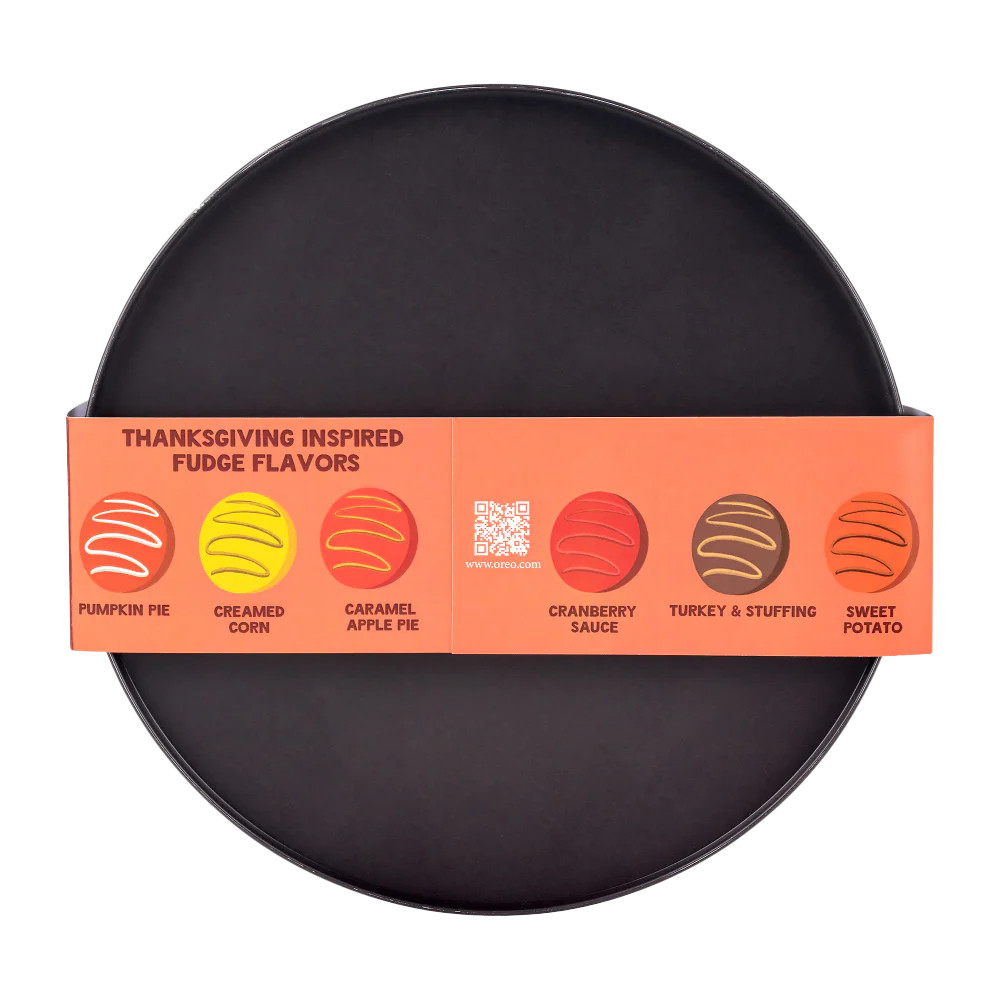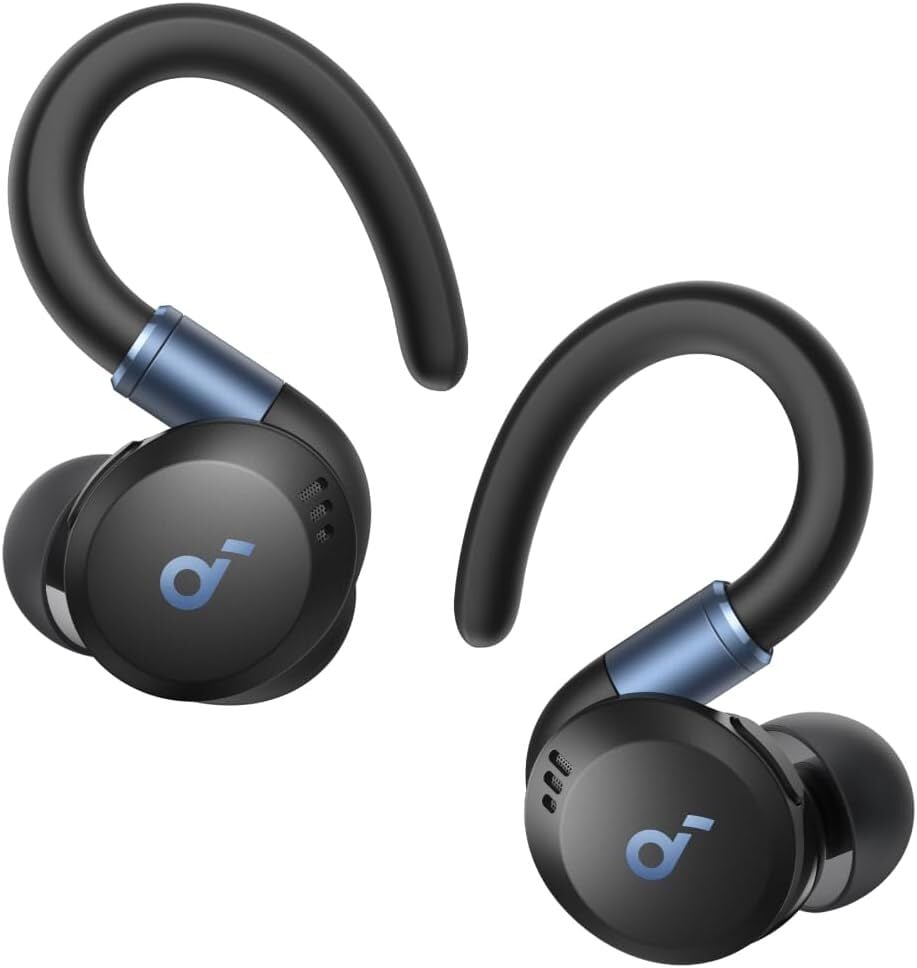Spam and scam calls are some of the most annoying things we all have to deal with when it comes to our phones. Apple’s iOS 26 update takes a firm step toward solving this problem with Call Screening, a new feature designed to filter unknown numbers before you ever pick up the phone. Once it’s activated, your iPhone can automatically answer calls from numbers not saved in your contacts, ask the caller to identify themselves and display a real-time transcription of their response on your screen. You can then decide whether the call is worth taking, effectively cutting off spam before it reaches you.
This feature blends convenience and privacy by keeping all processing on the device rather than sending data to the cloud. It’s a logical evolution from earlier tools like Silence Unknown Callers, but this time it allows for a more conversational gatekeeping system that mirrors the experience of live voicemail. Here’s how to turn on Call Screening on your iPhone.
Checking compatibility and updating to iOS 26
Call Screening is available to anyone with an iPhone capable of running iOS 26, which includes models from the iPhone 11 onward. To access it, you first need to make sure your device is running the latest version of the software. You can check this by opening Settings, selecting General and tapping Software Update. If you see that iOS 26 is available, download and install it before continuing.
This step is essential because Call Screening is only available within the redesigned Phone app introduced in iOS 26. Once your device is updated, the feature becomes accessible through the app’s settings menu, ready to be switched on.
How to turn on Call Screening
To enable Call Screening, start by opening the Settings app on your iPhone. Scroll down until you see Apps then tap to open the list and select Phone. Within the Phone settings, look for the section labeled Screen Unknown Callers. This is where you’ll find the new options introduced with iOS 26.
Apple gives you a few choices here. If you select Never, every call will come through as usual, even from numbers that aren’t saved to your contacts. The Ask Reason for Calling option activates the new screening feature, prompting unknown callers to state who they are before you see the transcription on screen. The Silence option, meanwhile, sends unknown numbers directly to voicemail without ringing your phone at all.
To use Call Screening, tap Ask Reason for Calling. Once you back out of the Settings app, the feature will be active. From that point forward, any call from an unfamiliar number will automatically be filtered through Apple’s new screening system.
What Call Screening actually does
When Call Screening is turned on, your iPhone will automatically step in whenever a call arrives from a number it doesn’t recognize. Instead of the phone ringing immediately, the caller hears an automated message that asks them to state their name and reason for calling. Their response is converted into text in real time, which appears on your screen while the call is still active. You can read their answer, assess whether the call looks legitimate and choose whether to pick up or ignore it.
If the call comes from someone in your contacts list, the process doesn’t activate at all, meaning known callers and recent outgoing numbers will continue to ring normally. The feature simply adds a layer of defense between you and unwanted interruptions, allowing genuine callers through while stopping random or suspicious ones before they take your attention.
This article originally appeared on Engadget at https://www.engadget.com/mobile/smartphones/how-to-use-call-screening-on-an-iphone-130041744.html?src=rss






